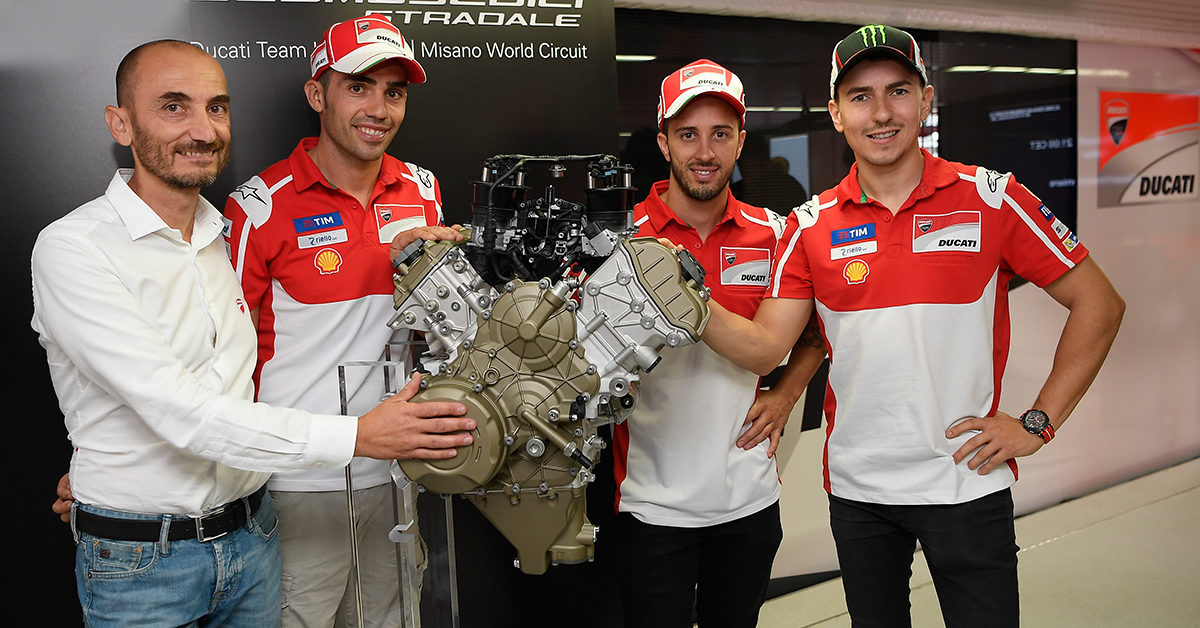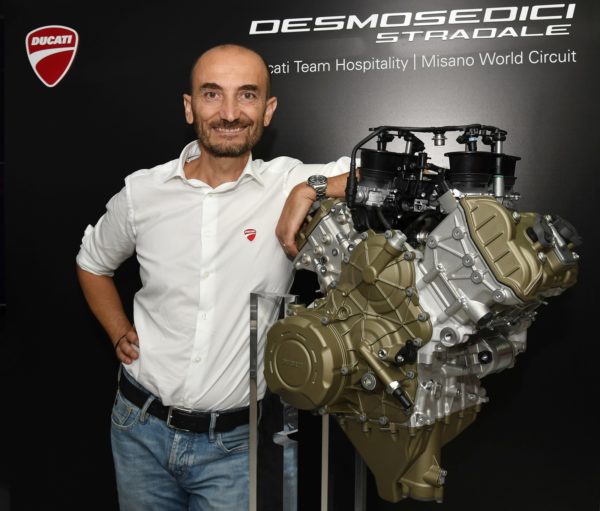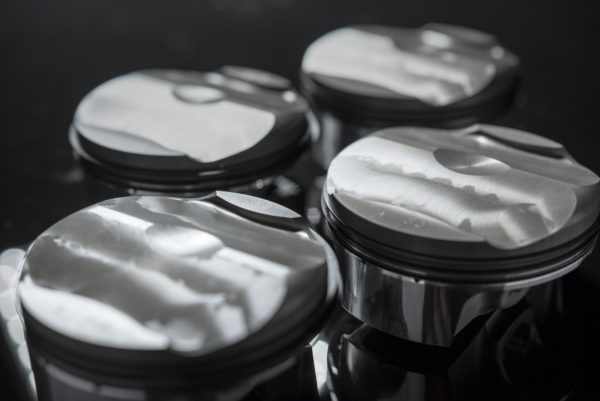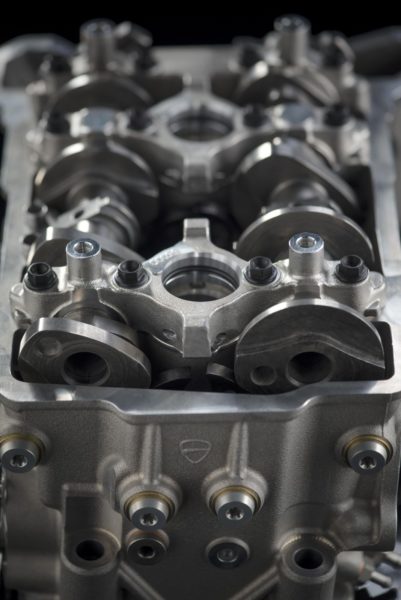Ducati has unveiled the much talked about V4 engine that will propel the next generation Panigale. The Italian manufacturer also confirmed that the Desmosedici Stradale will be equipped with the new Ducati Panigale V4 which will be presented on November 5, 2017 at the Ducati World Premiere 2018. The new Panigale V4 will also showcased at the EICMA motorcycle show.
Out of the experience gained in MotoGP, where the 4-cylinder Desmosedici unleashes incomparable performance, comes a new 90° V4 engine designed to power the next generation Ducati supersport models. Called the Desmosedici Stradale, this engine is set to become yet another Ducati milestone: it will be the first time ever that the Bologna-based motorcycle manufacturer has equipped a standard production bike with a 4-cylinder engine.
The official unveiling took place in Misano during the San Marino and Rimini Riviera GP, the thirteenth round of the 2017 MotoGP championship. While the Desmosedici Stradale engine is suited to the track, it has also been designed to respond to the needs of the road rider. For example, to maximise mid-range torque – essential for a satisfying road experience – and ensure punchy torque and power at lower revs, the engine has a slightly larger displacement than its MotoGP counterpart (1103 cm³, to be precise). Power output from the Euro 4 compliant engine configuration exceeds 155 kW (210 hp) at 13,000 rpm while maximum torque exceeds 120 Nm from 8,750 to 12,250 rpm.
An R version with a displacement of less than 1000 cc – which revs higher and is intended more for track use – is currently at the advanced development stage. This will provide the foundation for the homologated version that competes in the Superbike championship, where this engine will be used starting in 2019, one year on from the launch of the respective road version, as per the Ducati tradition.
As on the Ducati bikes used in racing, the crankshaft is of the counter-rotating type. This reduces the overall gyroscopic effect and makes the bike faster and more agile when changing direction. The crank pins, offset at 70° as on the Desmosedici GP, involve a Twin Pulse firing sequence that generates easy-to-handle power delivery and optimises out-of-the-corner traction (“Big Bang” effect). This firing sequence also gives the Desmosedici Stradale a unique signature sound.
A 90° V4 configuration makes the engine compact, allowing centralisation of mass and smoothing incorporation on the vehicle. The Desmosedici Stradale has, in fact, been inserted on the motorcycle with the front cylinders banked 42° back from the horizontal, just like the Ducati engines employed in MotoGP. This optimises weight distribution, allows the adoption of larger radiators and brings the swingarm pivot point forwards.
As in MotoGP, the engine was designed with an 81 mm cylinder bore. Using the same bore as the Desmosedici GP engine means both power units share nearly identical in-engine fluid dynamics (i.e. on valves, intake ducts and throttle bodies, right where the power is produced). The new engine is designed around the Desmodromic system.
Variable-height air intake horns constitute another first for a Ducati factory bike, optimising cylinder intake across the rev range and giving significant advantages in terms of power delivery and handling. Completing the fuelling system are the oval throttle bodies, each equipped with two injectors: one above the butterfly and one below it.
Main technical data:
- 1,103 cm³ 4-cylinder 90-degree V
- Bore x stroke 81 x 53.5 mm
- Compression ratio 14:1
- Maximum power exceeds 210 hp at 13,000 rpm
- Maximum torque exceeds 120 Nm from 8,750 to 12,250 rpm
- Counter-rotating crankshaft
- Twin Pulse firing sequence, crank pins offset at 70°
- Euro 4 emissions
- Desmodromic part chain, part gear timing with dual overhead camshaft, 4 valves per cylinder
- Wet multiplate anti-patter servo clutch
- Semi-dry sump lubrication with four oil pumps: 1 delivery and 3 return
- Fuelling with four oval throttle bodies (52 mm diameter equivalent) and variable-height intake horns
- 6-speed gearbox with DQS up/down system
- 24,000 km “Desmo-service” maintenance interval (15,000 miles)




